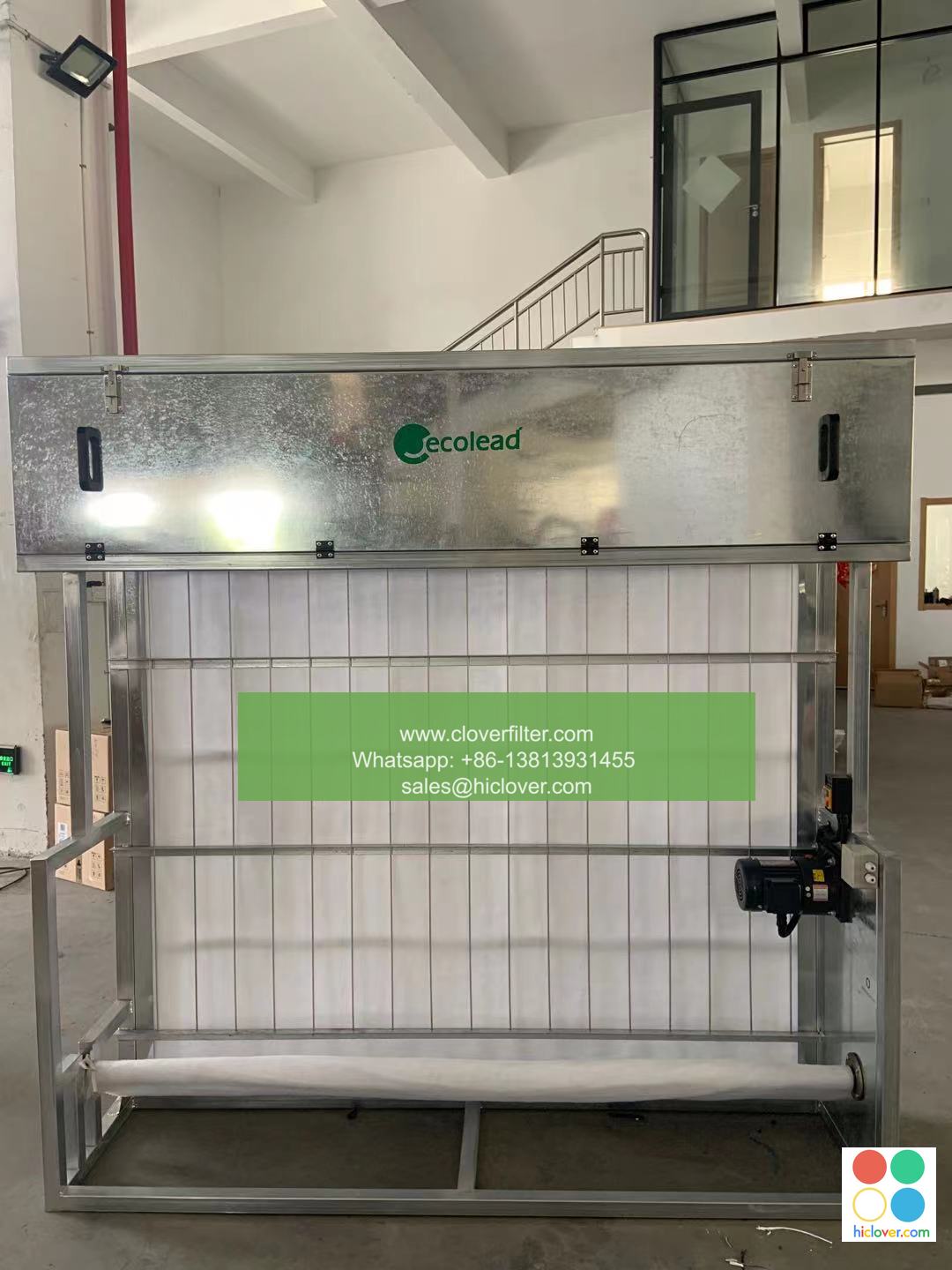Understanding MERV Ratings: What They Mean for Your Air Filter

Understanding MERV Ratings: What They Mean for Your Air Filter
What is a MERV Rating?
When it comes to air filters, understanding the MERV (Minimum Efficiency Reporting Value) rating is crucial for ensuring that you’re getting the right level of air quality for your specific needs. In this article, we’ll dive into the world of MERV ratings, exploring what they mean, how they work, and the various application areas where they’re used.
What Does a MERV Rating Measure?
A MERV rating is a standardized way to measure the performance of an air filter, which is defined by the American Society of Heating, Refrigerating, and Air-Conditioning Engineers (ASHRAE). The MERV scale ranges from 1 to 20, with higher ratings indicating greater filter efficiency. In simple terms, a higher MERV rating means a filter is better at capturing smaller particles.
How a MERV Filter Works
A MERV filter works by using a series of pleated fibers and a frame to capture particles as air passes through it. The pleats and fibers work together to trap particles as small as 0.3 microns in size, including:
- Dust
- Pollen
- Pet dander
- Smoke
- Mold spores
- Bacteria
- Viruses
Understanding MERV Ratings: What You Need to Know
Here’s a breakdown of the MERV rating scale and what you can expect from each level:
- MERV 1-4: Basic filters that capture larger particles, such as hair and lint, but are less effective against smaller particles.
- MERV 5-8: Standard filters that capture particles down to 3-10 microns, suitable for most residential and commercial applications.
- MERV 9-12: High-efficiency filters that capture particles down to 1-4 microns, ideal for sensitive environments, such as hospitals and laboratories.
- MERV 13-16: Ultra-high-efficiency filters that capture particles down to 0.3-1 micron, often used in military, government, and high-security facilities.
- MERV 17-20: The highest level of efficiency, capturing particles as small as 0.01 microns, typically used in Level A containment areas, such as biohazard labs.
Application Areas Where MERV Ratings Matter
While MERV ratings are important for any air filtration system, some areas where they’re particularly crucial include:
- Residential Homes: Upgrade to a higher MERV rating to improve indoor air quality, reduce allergens, and minimize respiratory problems.
- Commercial Properties: Ensure a MERV 5-8 filter for most commercial applications, such as offices, restaurants, and retail spaces.
- Healthcare Facilities: MERV 9-12 filters are essential for hospitals, clinics, and medical centers to maintain a high level of air quality.
- Government Facilities: MERV 13-20 filters are often required in high-security areas, such as federal buildings, police stations, and correctional facilities.
- High-Tech Industries: MERV 17-20 filters are vital in industries where air quality is critical, such as aerospace, biotechnology, and pharmaceuticals.
Conclusion
In conclusion, understanding MERV ratings is crucial for selecting the right air filter for your specific needs. By knowing what each MERV rating means and the various application areas where they’re used, you can ensure that your air filter provides the necessary level of air quality and maintenance for a healthier, more comfortable environment. Remember, a higher MERV rating always means a higher level of filter efficiency, so choose wisely to ensure the best results for your indoor air quality.
It looks like you’ve accidentally sent an empty prompt! Would you like to ask me a question, provide more context for a conversation, or generate some creative content? I’m here to help!

